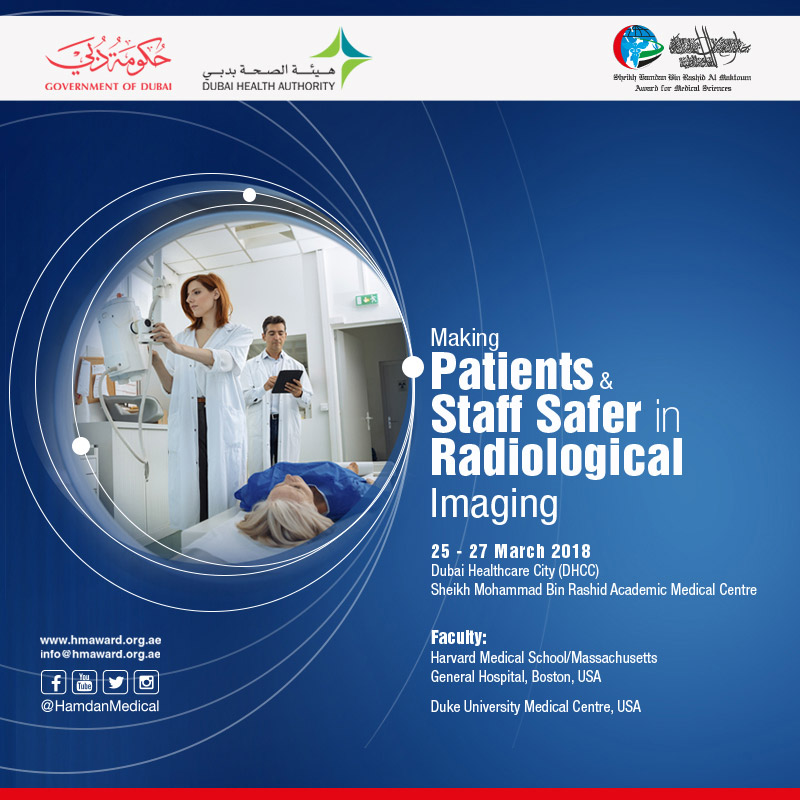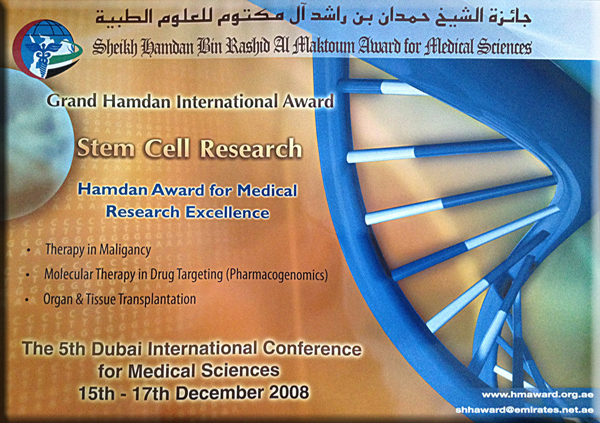

Stem cells are one of the most fascinating areas of biology today. Knowledge in this field has advanced in the area of healthy cell replacement of damaged cells and in the area of the development of an organism from a single cell, a promising area of science leading scientists to investigate the possibility of cell-based therapies to treat disease. Scientists have hypothesised that stem cells may be the basis of treating diseases like Parkinson's disease, diabetes, and heart disease. As scientists learn more about stem cells, it may become possible to use the cells not just in cell based therapies, but also for screening new drugs and toxins and understanding birth defects. However, human embryonic stem cells have only been studied since 1998. For treatments to be developed studies should be made of how stem cells remain unspecialized and self renewing for many years, and on identifying the signals that cause stem cells to become specialized cells.
It has taken scientists 20 years to learn how to grow human embryonic stem cells in the laboratory after the specific factors and conditions that allow stem cells to remain unspecialized were identified. An important area of research is understanding the signals in a mature organism that cause a stem cell population to proliferate and remain unspecialized until the cells are needed for repair of a specific tissue. Such information is critical for scientists to be able to grow large numbers of unspecialized stem cells in the laboratory for further experimentation.
Many questions about stem cell differentiation remain. For example, are the internal and external signals for cell differentiation similar for all kinds of stem cells? Can specific sets of signals be identified that promote differentiation into specific cell types? Addressing these questions is critical because the answers may lead scientists to find new ways of controlling stem cell differentiation in the laboratory, thereby growing cells or tissues that can be used for specific purposes including cell-based therapies.
The realization that human cancers can be responsive to the manipulation of the immune system has only recently been documented. The immune approaches to the treatment of malignancy can be broadly classified into either active or passive immunotherapies. With active immunotherapy, treatment relies on the in vivo stimulation of the endogenous host immune system to react against tumors with the administration of biological response-modifying agents (ie, bacterial adjuvants, cytokines, tumor vaccines). With passive immunotherapy, treatment involves the delivery of biologic reagents with established tumor-immune reactivity (ie, antibodies or cells) that can directly or indirectly mediate antitumor effects and does not necessarily depend on an intact host immune system.
Recently, substantial progress has been made in the identification and characterization of stem and progenitor cells in the mouse and human mammary gland. Furthermore, there is increasing evidence that a variety of neoplasms, including breast cancer, may result from transformation of normal stem and progenitor cells. Like their normal counterparts, the cancer stem cells have the ability to self-renew, driving tumorigenicity and possibly recurrence and metastasis, and have the ability to differentiate, generating the heterogeneity of the tumors. This stem cell model of carcinogenesis has important implications for understanding the basic biology of breast cancer, as well as other cancers. Furthermore, the concept of cancer as a disease of stem and progenitor cells has profound implications for the development of new strategies for cancer prevention and therapy.
Recently, a number of ATLL patients have been reported to be in continuous remission after allogeneic stem cell transplant. There are specific molecular signatures associated with sensitivity or resistance to antiviral therapy which may useful in deciding on initial therapy for ATLL patients. In the presence of poor prognostic molecular features, early allogeneic stem cell transplant should probably be considered when feasible for ATLL patients and perhaps also in those who have responded to antiviral therapy and have persistent molecular evidence of the disease and a suitable stem cell donor.
In the past several years, significant advances in the underlying biological mechanisms of renal cell cancer, particularly the role of tumour angiogenesis, have permitted the design of molecularly targeted therapeutics. Receptor and non-receptor tyrosine kinases (TKs) have emerged as clinically useful drug target molecules for treating gastrointestinal cancer. Two of the most promising new targets in the treatment of colorectal cancer are the epithelial growth factor receptor (EGFR) and the vascular endothelial growth factor (VEGF). Agents that inhibit the EGFR or bind to VEGF have demonstrated clinical activity as single agents and in combination with chemotherapy in phase II and phase III clinical trials. The other promising agent bevacizumab is a humanized variant of the anti-VEGF monoclonal antibody. The goal in the future will be to predict which specific chemotherapy and targeted agent combination will most likely benefit individual patients.
Acute myeloid leukemia (AML) is a frequent hematological malignancy. Despite enormous therapeutic efforts that range from various cytotoxic agents to allogeneic stem cell transplantation, overall survival of patients with AML remains unsatisfying. The poor survival rate is mainly due to therapy-related mortality, failure of induction chemotherapy and early relapses. Therefore, novel therapeutic agents that are more efficient and better tolerated are eagerly sought after. For existing therapeutic strategies, there is a lack of markers that are capable of reliably predicting prognosis or the therapeutic response prior to treatment. There is hope that elucidation of the AML-specific proteome will prompt the discovery of novel therapeutic targets and biomarkers in AML.
Understanding the variable response to drugs seems particularly pressing in the field of oncology, in which the stakes are high (failure to cure cancer usually leads to death), drugs commonly have a narrow therapeutic index, and toxicities can be severe (a significant frequency of toxic death is a feature of most acute myeloid leukemia (AML) protocols, for example). In one of the first examples of pharmacogenetics in oncology, Weinshilboum and Sladek identified polymorphic responses to the key antileukemic drug, 6-mercaptopurine (6-MP) in 1980, and polymorphism of the gene thiopourine S-methyl transferase (TPMT) remains one of the best understood examples of pharmacogenetic variation
Differential response to the same drug in different patients is a common clinical experience. Many different factors may contribute to differential response including variable age and body size, diet, gastro-intestinal absorption, compliance with therapy and characteristics of the drug target. Understanding the variable response to drugs seems particularly pressing in the field of oncology, in which the stakes are high, drugs commonly have a narrow therapeutic index, and toxicities can be severe. Significant heterogeneity in the efficacy and toxicity of chemotherapeutic agents is observed within cancer populations. Pharmacogenetics (PGx) is the study of inheritance in interindividual variation in drug disposition. The allure of pharmacogenetics, in the treatment of cancer patients, comes from the potential for individualisation of cancer therapy, minimizing toxicity, while maximizing efficacy. Ideally, routine management of patients would include analysis of their single nucleotide polymorphism linkage disequilibrium (SNP-LD) profile prior to treatment, allowing stratification of patients into treatment groups, thus individualising their therapy.
Epidermal growth factor receptor (EGFR)-targeted therapies have demonstrated remarkable success in a small subset of non-small cell lung cancer patients. The mechanism of response has been an area of active research, with somatic mutation in a number of genes in the EGFR signal transduction pathway and copy number alterations of genes of the EGFR family as candidates contributing towards response. Continuing studies should help determine an appropriate biomarker or combination of biomarkers that can be used to predict response to this class of therapy.
Increased knowledge of the mechanistic properties of malignant growth has facilitated the development of molecular-based therapies that can act on specific targets. With molecular-targeted therapies, maximum antitumor effects may be achieved at doses that are considerably below the maximum tolerated dose. Adverse events are mild, manageable, and reversible on treatment cessation. Collectively, these findings support the use of targeted agents for improving the clinical outcomes and quality of life in patients with advanced NSCLC. These agents should be considered as a treatment option for patients who have failed or are ineligible for traditional chemotherapy.
These observations suggest that as pharmacogenetics moves forward with ever more powerful genome-wide technologies, the field will benefit from a cautious approach to describing applications that are still in the future; "personalized medicine for all" is not on the immediate horizon, more a distant goal. A systematic approach to the dissection of important metabolic pathways using a combination of strategies and determining the applicability and clinical importance of the knowledge gained will move us toward this goal.42 Surrogate endpoints such as minimal residual disease or pharmacodynamic endpoints may provide earlier data than waiting for a large randomized trial to mature and allow greater focus on single drugs within a complex therapeutic strategy.
Human embryonic stem (hES) cells offer an excellent source of cells for transplantation in the treatment of severe diseases. Embryonic stem (ES) cells hold promise for cell and tissue replacement approaches to treating human diseases. However, long-term in vitro culture and manipulations of ES cells may adversely affect their epigenetic integrity including imprinting. Disruption or inappropriate expression of imprinted genes is associated with several clinically significant syndromes and tumorigenesis in humans. Cellular overproliferation and tumour formation resulting from tissue or cell transplantation are potential problems that must be addressed before clinical trials of ES cell-based therapy are initiated. Hematopoietic stem cell transplantation has become an increasingly important treatment modality for hematologic malignancies. Autologous stem cell transplantation has become the standard of care in relapsed high-risk diffuse large B-cell lymphoma (DLBCL) patients who respond to reinduction therapy. The exact role of allogeneic transplantation in DLBCL is still unknown and it appears to be useful in only a select group of patients. The exact role of hematopoietic stem cell transplant in follicular lymphoma is evolving. The treatment of mantle cell lymphoma is challenging and stem cell transplantation may play an important role, as our understanding of the biology and natural history of this disease improves. Cord blood has served as a source of hematopoietic stem and progenitor cells for successful repopulation of the blood cell system in patients with malignant and nonmalignant disorders. It was information on these rare immature cells in cord blood that led to the first use of cord blood for transplantation. Further information on these cells and how they can be manipulated both in vitro and in vivo will likely enhance the utility and broadness of applicability of cord blood for treatment of human disease.
Both type 1 and type 2 diabetes patients would greatly benefit from transplantation of insulin-producing pancreatic beta cells; however, a severe shortage of transplantable beta cells is a major current limitation in the use of such therapy. Understanding the mechanisms by which beta cells are naturally formed is therefore a central challenge for modern pancreas biology, in the hope that insights will be applicable for regenerative cell therapy strategies for diabetes. In particular, the cellular origins of pancreatic beta cells pose an important problem, with significant basic and therapeutic implications.
Embryonic stem (ES) cells are a unique resource, providing in principle access to unlimited quantities of every cell type in vitro. They constitute an accessible system for modeling fundamental developmental processes, such as cell fate choice, commitment, and differentiation. Furthermore, the pluripotency of ES cells opens up opportunities for use of human ES cells as a source of material for pharmaceutical screening and cell-based transplantation therapies. Widespread application of ES cell-based technologies in both basic biology and medicine necessitates development of robust and reliable protocols for controlling self-renewal and differentiation in the laboratory.
Bone marrow–derived cells (BMDCs) can develop into epithelial cells in the lung, liver, gastrointestinal (GI) tract, and skin. These findings, initially reported in laboratory animals, have also been reported in humans. It is not yet clear which subpopulation(s) of the bone marrow (BM) has the ability to become epithelial cells. Another unresolved question regarding this BM to epithelial transition is the mechanism by which this occurs.